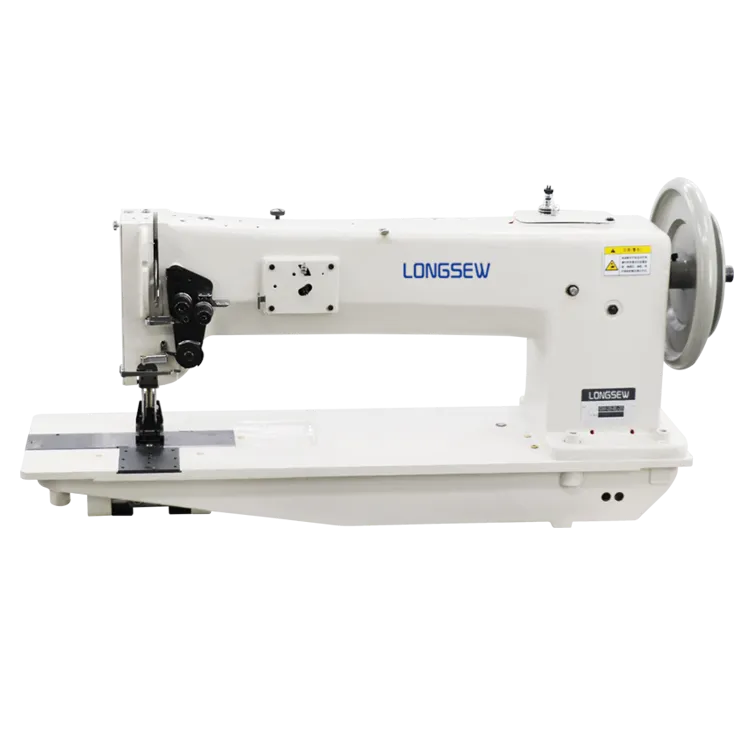sewing leather to fabric
Sewing leather to fabric can be an exciting and creative venture, allowing artisans and hobbyists alike to combine the unique characteristics of both materials into one cohesive design. Whether for fashion, upholstery, or DIY projects, understanding the techniques and tools required to successfully sew leather to fabric is essential for achieving professional results.
First and foremost, selecting the correct materials is crucial. Leather comes in various weights and finishes, from soft lambskin to sturdy, thick cowhide. On the other hand, fabrics range from delicate silks to robust canvas. When deciding which leather and fabric to pair, consider the intended use and the visual appeal of the combination. For instance, a lightweight, flowing fabric could contrast beautifully with a rugged leather, perfect for creating stylish accessories.
Before starting, gather the appropriate tools. Sewing leather requires specialized needles that can handle the thickness and toughness of the material. A leather needle, which has a wedge-shaped point, will pierce the leather more efficiently than a standard needle. Additionally, using a heavy-duty thread made from polyester or nylon will ensure strength and longevity in the stitching. A walking foot or Teflon presser foot for your sewing machine can greatly assist in feeding both layers smoothly, preventing any shifting or slipping while sewing.
One effective method for sewing leather to fabric is to use a straight stitch, which is simple yet strong. Before you begin, it’s wise to practice on scrap pieces of the leather and fabric you intend to use. This allows you to experiment with tension settings on your machine to ensure the stitches secure both materials without causing puckering or breaking.
sewing leather to fabric

When ready to sew, consider using a double-sided adhesive tape to temporarily bond the leather to the fabric. This tape allows you to align the materials precisely before introducing stitches, which can be particularly useful for intricate designs or curves. Always keep the seam allowance in mind, as both leather and fabric can fray. It may be beneficial to finish the edges with a zigzag or serger stitch to prevent unraveling.
While sewing, maintain a steady pace, as the thickness of the leather may require you to guide the fabric more deliberately than lighter materials. If sewing a project with multiple layers, use clips rather than pins to hold everything in place, as pins can leave holes in leather and may slip out of fabric.
Finally, finishing touches make all the difference. Consider edge finishing treatments such as burnishing or adding leather conditioner for polished edges. This can elevate your project from simply functional to beautifully professional.
In conclusion, sewing leather to fabric requires careful preparation, the right tools, and a bit of practice. With creativity and attention to detail, this technique opens up endless possibilities for crafting unique items that showcase the beauty of both materials. Whether you are making a handbag, clothing, or home decor, the fusion of leather and fabric can result in stunning creations that truly stand out.
-
Boost Production Efficiency with a Pattern Sewing MachineNewsAug.29,2025
-
Industrial Excellence with the Best Heavy Duty Sewing MachineNewsAug.29,2025
-
Precision and Power with the Best Pattern Sewing MachineNewsAug.29,2025
-
Reliable Bulk Packaging Starts With the Right FIBC Sewing MachineNewsAug.29,2025
-
Advanced Packaging Solutions: Elevate Productivity with Jumbo Bag Sewing Machine and Industrial Stitching EquipmentNewsAug.29,2025
-
High-Performance Solutions for Bulk Packaging: FIBC Sewing Machine and MoreNewsAug.29,2025
-
Maximize Efficiency with an Industrial Cylinder Arm Sewing MachineNewsAug.28,2025


























